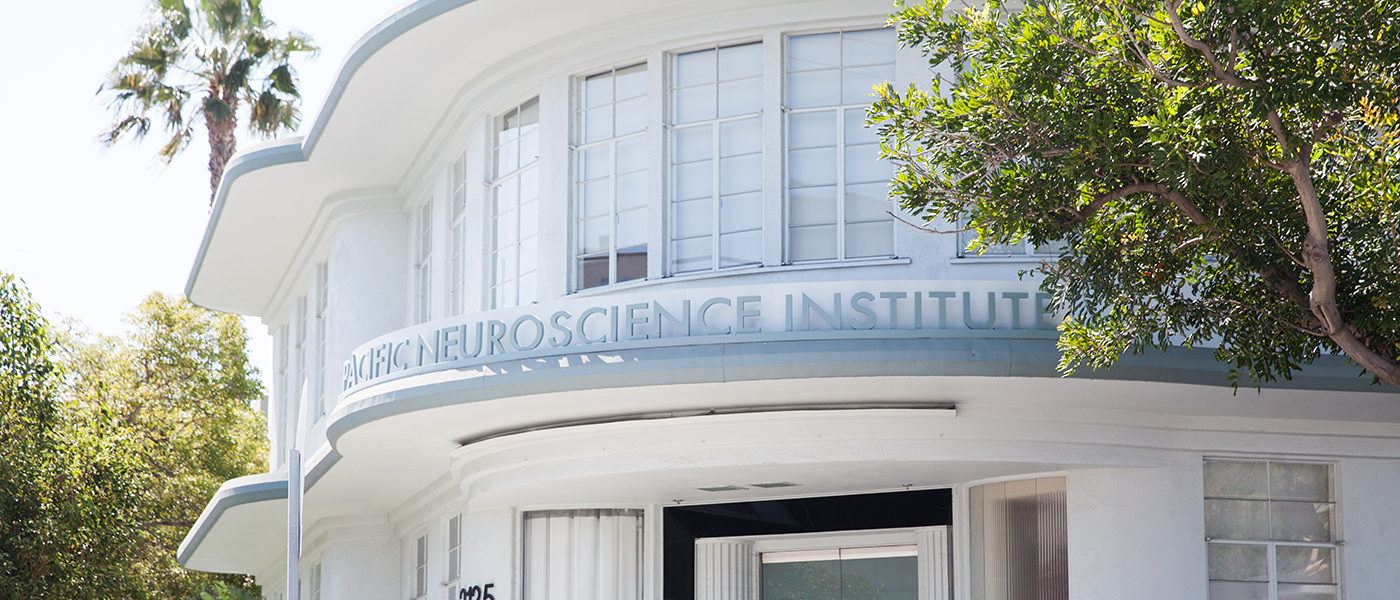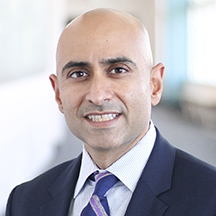
Chronic Facial Paralysis
What is chronic facial nerve paralysis?
Chronic facial nerve paralysis is clinically defined as having facial paralysis for greater than one year from the onset of injury. One key factor that should be assessed in all cases is the potential for recovery of facial function. Reversibility of nerve function depends both on the health of the facial nerve (if it is intact) and the facial muscles. This can be assessed by diagnostic testing such as EMG or ENOG.
In general, if the muscles are deemed to be functional, treatment should be aimed at reinnervation of the facial nerve. If the motor endplates are not functional, then treatment should be focused on transferring a different muscle to the region to recreate dynamic facial movement for the purpose of communication and conveying emotions.
How do you diagnose Chronic Facial Paralysis?
Chronic facial paralysis is defined by having complete, flaccid, facial paralysis without evidence of recovery for at least 12 months. The underlying cause of the paralysis is not as important as the lack of recovery. In general chronic facial paralysis can be diagnosed based on history and a patient-specific physical examination. This will also include a review of any pertinent imaging and nerve conduction testing that has been performed.
Clinical signs of chronic facial paralysis include:
- Absence of forehead wrinkles
- Drooping of the eyebrow (brow ptosis)
- Inability to close the eye completely (lagopthalmos)
- Lower eyelid laxity (ectropion)
- Inability to dilate nostril and new onset unilateral nasal obstruction
- Absence of melolabial fold
- Depression of the corner of the mouth
- Speech deficits
- Drooling
- Difficulty eating
Treatment of chronic facial paralysis
The treatment options for chronic facial nerve paralysis can be separated into two broad categories of reversible and irreversible injuries.
Reversible facial injuries
Patients with functional facial muscles have reversible injuries, and treatment is aimed at reinnervation of these muscles through repair of the facial nerve or transferring another nerve to power the branch of the facial nerve close to the muscles of the face.
Irreversible facial injuries
Patients who’s facial muscles are no longer functional have irreversible injuries and typically require muscle transfers (link) or static slings (link) to restore facial form and function.
For more information on surgical procedures that can be used to treat chronic facial paralysis please see surgical management of facial paralysis.
Chronic facial pain doctor and specialist
Facial Nerve Disorders Program Director and Otolaryngologist, Dr. Amit Kochhar, has over ten years of experience managing patients with facial paralysis. He treats and is accepting new patients from all over California, Arizona, Nevada, Oregon and Washington.
Meet Dr. Kochhar

In-Person or Virtual Video Visit
Our specialists have consultation openings for new patients.
